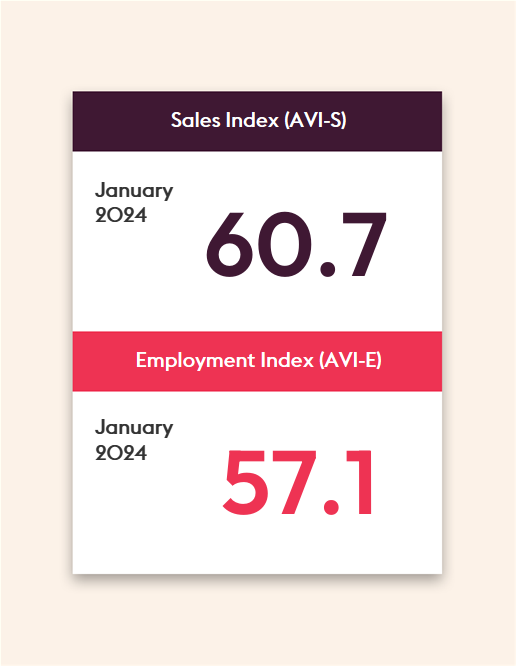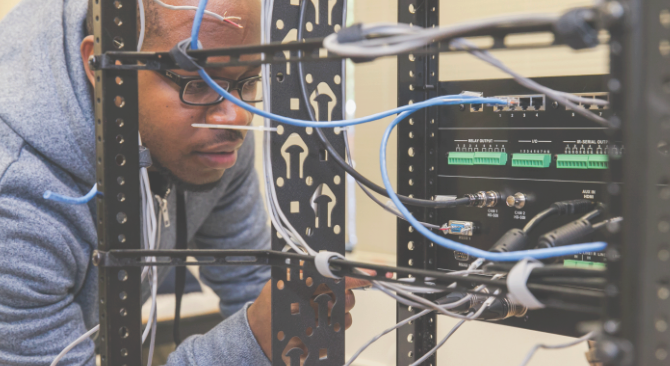Latest Audiovisual Events and Information
InfoComm 2024 is ON! Registration is Officially Open
InfoComm 2024 has officially opened registration. Let's go to Vegas!
Five Essential Tips for Virtual Production Success
Tech advances have led to innovations in video production, with Virtual Production (VP) taking center stage.
New in AVIXA’s Training Portal: Microsoft Teams Rooms Training
Now you can access technical training for Microsoft Teams Rooms – at no cost!











